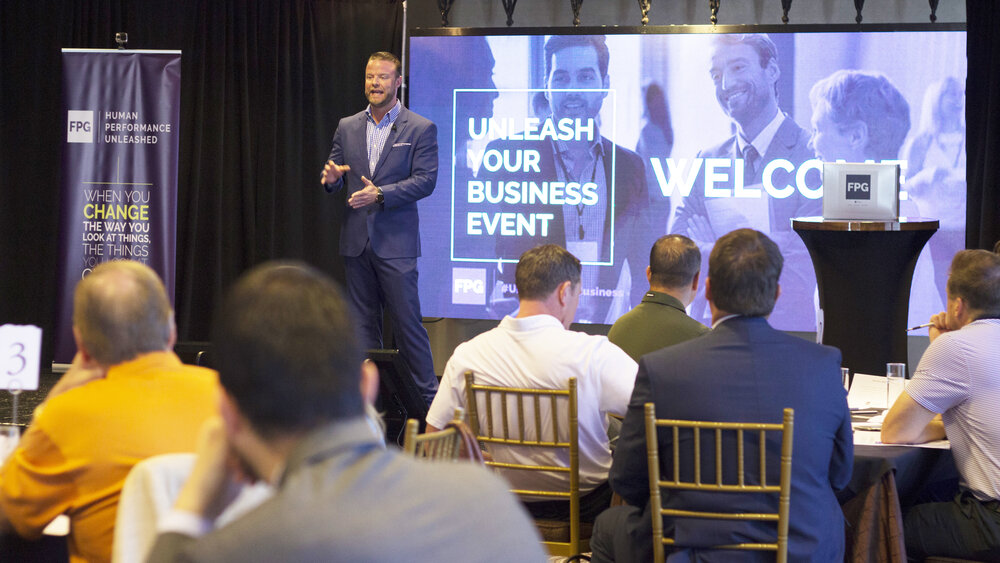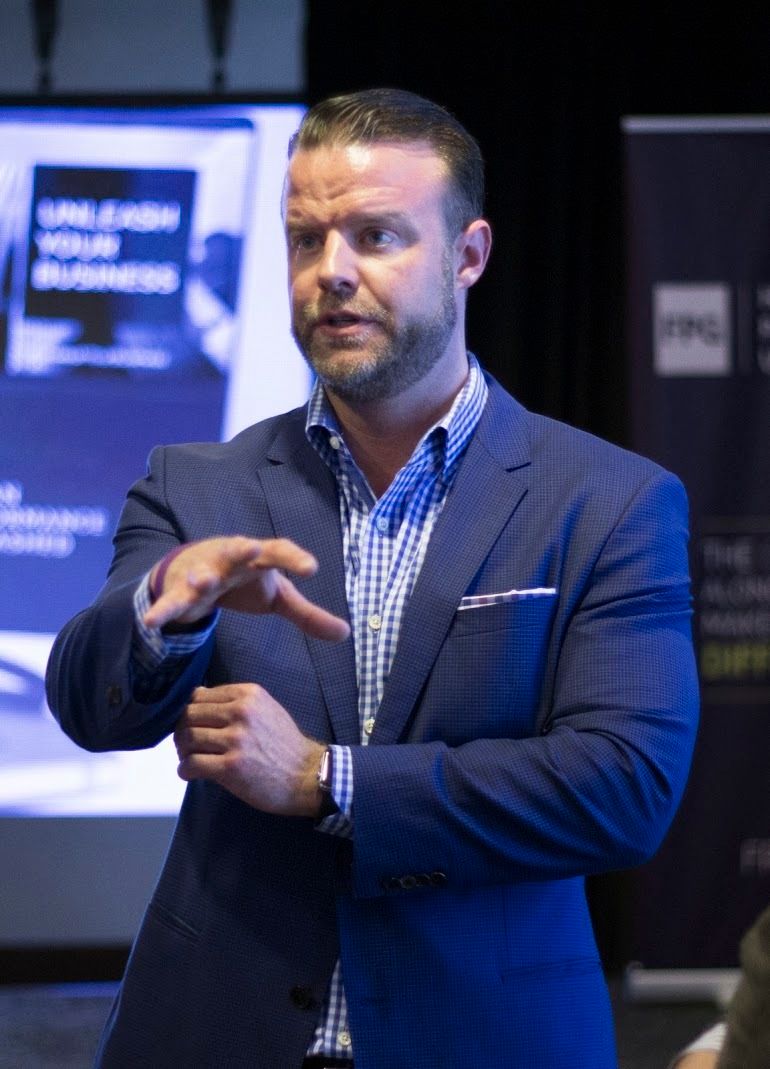Training New Employees Sucks. 3 Ways Make It Faster, Easier, and More Effective via Jason Forrest
The corporate training industry is big business. It isn’t that uncommon to see companies with training budgets running well into the tens of millions of dollars. Study after study proves the value of corporate training, but why doesn’t it always, or even most of the time, produce a return on investment for the companies that pay for it?
That’s a secret only a few training companies have uncovered. Here are a few numbers for you to paint a picture of what’s going on. A recent Association for Talent Development study found that a whopping $164.2 billion is spent on employee learning and development every single year.
At the same time, LinkedIn’s 2017 Workplace Learning Report discovered that only 8 percent of CEOs see an ROI for learning and development, yet more than 90 percent of them feel that closing the skills gap by using training would be a “game-changer” for their business.
In other words, every leader wants training that pushes their company forward, and yet so few get it. And the reason? They didn’t have the tools to identify why their training was failing, but more importantly, they likely didn’t have a framework for what makes for a successful training experience in the first place. Their provider let them down because they weren’t sure what they were looking for.
Over the course of my career in training, I’ve uncovered a few reasons why training does succeed and what to look for that moves the needle.
Let’s take a look at the three biggest pillars behind the training that will help you create your business empire.
Beliefs-based training
Training engagement is completely predicated on behavioral change. Gallup research shows that employee productivity typically spikes after one-off events and returns to previous levels after 90 days. The reason is that training only sought to change behavior without addressing the underlying belief behind it. You can sit through a seminar learning the mechanics of how to fish — how to work the reel, how to bait the hook, how to work the fish on the line — but what if you don’t want to fish? The behaviors may be great, but it doesn’t matter if you never use them.

Training that moves people moves their beliefs about their abilities and their capabilities. In other words, it doesn’t just teach you how to fish. It makes you want to fish. Think about taking a car with an engine problem in for a paint job. It may look great, but it won’t run. I see companies do this all the time with training. They bring in high-profile trainers for one-off speaking engagements and everyone gets fired up, but there’s no ongoing belief change. So? Nothing changed in the end. Address the underlying beliefs through your training and you’ll get the change you’re looking for.
Train your leaders
Training today is primarily targeted at frontline employees. Training front-liners is a good thing, necessary even, but the success (or failure) of your training initiatives is entirely reliant on the buy-in and effort of your coaches. They’re the ones who will hold the line, create accountability and drive your training initiatives when the higher-ups aren’t looking. Your coaching culture dictates your success across the board, and developing coaches who advocate for the training, buy in themselves, and carry it out daily drives big results down the chain of command.
The health of your company is only as great as the health of your management pool. Productivity and positivity are driven from the top down. Set the tone right by training your coaches first and foremost, and watch your results be unleashed.
Craft your culture
According to the Harvard Business Review, just 40 percent of employees today feel actively engaged at work. That engagement doesn’t magically increase once you start training, so how do you create a culture that actively wants training? You learn how to craft a culture that craves development through more engaged leadership.
Related: Treat Your Corporate Job as an Entrepreneurial Training Program
Related: Here’s What Corporate Training Can Do for Your Startup
When looking for a training provider, you need the cultural element too. Yes, training behaviors is an important part of the process, but creating a culture that makes it acceptable to do the right thing and unacceptable to do the wrong thing is the most important person in the room when the leader isn’t there. That’s all training. Building cultures of accountability, trust, dialogue, excellence, and drive will set your company up for long-term, sustainable success even when the boss isn’t looking. And that’s the kind of legacy you want from training that doesn’t fail you.
Traditional Sales And Leadership Training Fails To Address The Real Problem!
You’ve tried training your team in the past, but it didn’t really work. The old style of training just doesn’t seem to work anymore. It’s no secret that sales and leadership training is essential, but it can be hard to find a training program that actually works. Most programs are outdated and are not focused on changing behavior.
FPG Sales Training is different. We don’t use the traditional approach of lecturing your team for hours on end. Instead, we help your team understand their mindset and give them the tools they need to succeed. We help them remove their excuses so they can finally achieve their goals. Book a Meeting today!

Jason Forrest
Jason Forrest has disrupted the sales training industry by creating the first training program that changes behavior. This is done through 1) teaching tactical real-world processes; 2) the language of persuasion, 3) removing the mental leashes that hold people back, and 4) through a program-based training approach.
This philosophy is what led his Warrior Selling® and Leadership Sales Coaching programs to be ranked in the top 2 of the World’s Top Sales Development Programs, by Global Gurus. His provocative style of speaking his truth ranks him as number 5 on the Global Sales Guru list.
Jason is a Master Practitioner in Neuro-Linguistic Programming, the science of influence and behavioral change. He is also a Practitioner in Accelerated Evolution, the psychology of removing fear in high performers.











